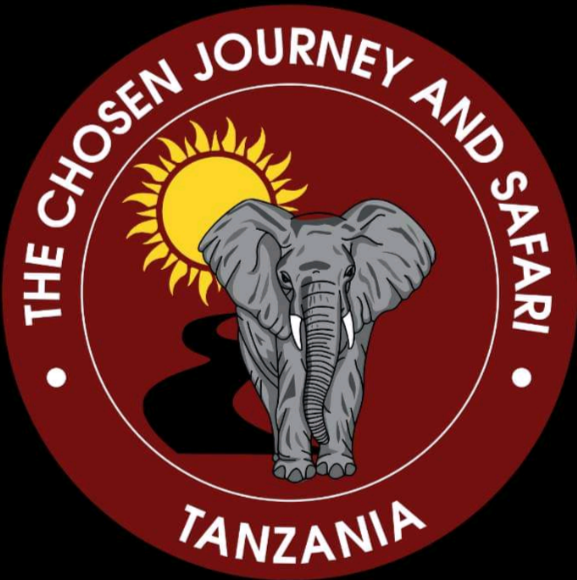Overview – Jozani Chwaka Bay National Park
On the Tanzanian island of Zanzibar, there is a breathtaking natural preserve called Jozani Chwaka Bay National Park. It is well known for having a diverse and unusual ecosystem. There are many different habitats within the park's 50 square kilometre area, including mangrove forests, salt marshes, and coral reefs. The Jozani Forest, an ancient and dense woodland home to a wide variety of flora and fauna, is one of the park's main attractions. Being the last known habitat of the critically endangered Zanzibar red colobus monkey, which can be seen swinging through the trees, has made it particularly well-known. Other primate species like the Sykes' monkey and the elusive Aders' duiker are also accessible to visitors.
-
Wildlife
-
High Season
-
Best Time to Go
Pros & Cons
Jozani Chwaka Bay National Park Map in Africa
Jozani Chwaka Bay National Park Safari Reviews
Want to Visit Jozani Chwaka Bay National Park?
Wildlife & Animals – Jozani Chwaka Bay National Park
Jozani Chwaka Bay National Park, located in Zanzibar, Tanzania, is a unique and diverse wildlife habitat. The park is renowned for its rich biodiversity and is home to a variety of fascinating wildlife species. Here are some notable animals that can be found in the Jozani Chwaka Bay National Park:
Zanzibar Red Colobus Monkey: The park is most famous for its population of Zanzibar red colobus monkeys, which are endemic to the island. These monkeys are characterized by their striking red fur and long tails. They are considered endangered and are a major attraction for visitors to the park.
Sykes' Monkey: Another primate species that can be seen in the park is the Sykes' monkey, also known as the blue monkey. These monkeys have a bluish-gray coat and are known for their agile and acrobatic behavior.
Aders' Duiker: The Jozani Chwaka Bay National Park is also home to the Aders' duiker, a small antelope species. These duikers have a reddish-brown coat and are adapted to living in dense forests. They are quite elusive and can be challenging to spot.
Suni Antelope: The park is further inhabited by the suni antelope, which is one of the smallest antelope species in Africa. These shy and solitary animals have a chestnut-brown coat and can be found in the undergrowth of the forest.
Bushbaby: Jozani Chwaka Bay National Park is home to the elusive bushbaby, also known as the galago. These small primates are nocturnal and have large eyes, which aid in their excellent night vision. They are known for their distinctive calls and agile leaping abilities.
Mangrove Kingfisher: Among the avian species found in the park, the Mangrove Kingfisher stands out. This vibrant bird has striking blue and orange plumage and can be spotted near the mangrove swamps.
Wildlife Highlights
Zanzibar Red Colobus Monkey: The park is most famous for its population of Zanzibar red colobus monkeys, which are endemic to the island. These monkeys are characterized by their striking red fur and long tails. They are considered endangered and are a major attraction for visitors to the park.
Best Time for Wildlife Viewing
Want to Visit Jozani Chwaka Bay National Park?
Birds – Jozani Chwaka Bay National Park
Jozani Chwaka Bay National Park in Zanzibar, Tanzania, is not only home to a variety of fascinating wildlife but also boasts a diverse bird population. Here are some bird species that can be found in the park:
Mangrove Kingfisher: This stunning bird is known for its vibrant blue and orange plumage. It is often spotted near the mangrove swamps, perched on branches and hunting for fish and crustaceans.
African Paradise Flycatcher: With its long, elegant tail and beautiful white and chestnut plumage, the African Paradise Flycatcher is a sight to behold. It is an agile aerial insectivore often seen fluttering among the trees in search of prey.
African Fish Eagle: This majestic raptor is known for its striking appearance, with a white head, brown body, and a distinctive call. The African Fish Eagle can be seen soaring above the park's waterways, where it swoops down to catch fish.
Fischer's Turaco: The Fischer's Turaco is a colorful bird with a vibrant green body, red wings, and a yellow bill. It can be found perched high in the trees, feeding on fruits and leaves.
Little Bee-eater: As its name suggests, the Little Bee-eater feeds primarily on bees and other flying insects. It is a small bird with bright green plumage, a black mask around its eyes, and a thin, curved beak.
Black-headed Heron: This large wading bird is easily identified by its black head and gray body. It can be found near water bodies, patiently waiting for fish and amphibians to come within striking distance.
Malachite Kingfisher: The Malachite Kingfisher is a small, vibrant bird with bright blue and green plumage. It has a distinctive long, red bill and is often seen perched near the water's edge, hunting for small fish and invertebrates.
Palm-nut Vulture: The Palm-nut Vulture is a scavenging bird of prey that feeds on palm fruits. It has a dark brown plumage, a featherless yellow face, and a powerful beak for breaking open tough nuts.
Pied Crow: The Pied Crow is a common and intelligent bird known for its black and white plumage. It is often seen foraging for food in various habitats, including grasslands and coastal areas.
Black-crowned Night Heron: This nocturnal heron has a black crown and back, gray wings, and red eyes. It can be found near wetlands and marshes, where it feeds on fish, frogs, and insects.
Notable Birds in Jozani Chwaka Bay National Park
Best Time for Bird Watching
Want to Visit Jozani Chwaka Bay National Park?
Best Time to Visit – Jozani Chwaka Bay National Park
-
Best Time
-
High Season
-
Low Season
-
Best Weather
-
Worst Weather

















